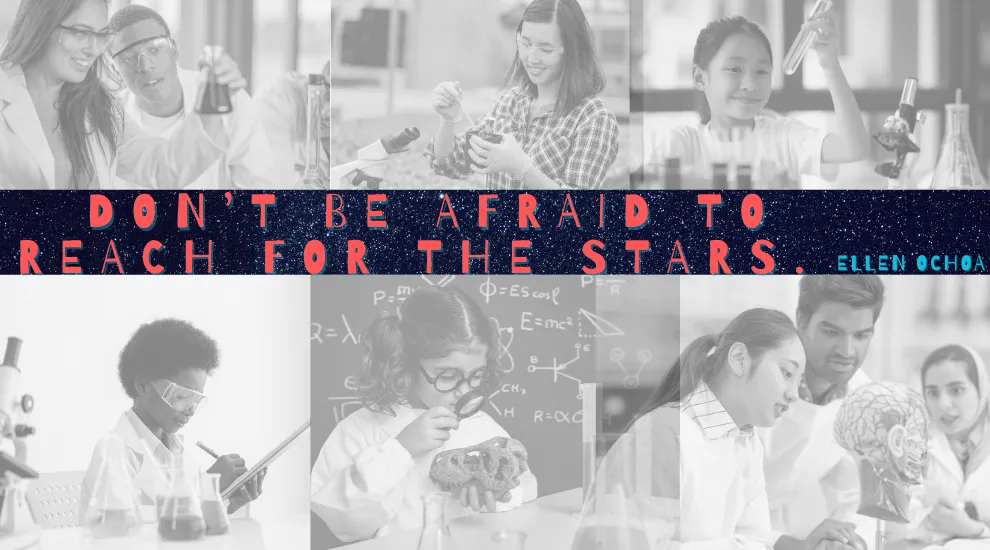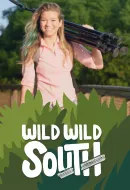
As we celebrate Hispanic Heritage Month from September 15 to October 15, it's a great time to explore resources to recognize and appreciate Hispanic culture throughout the year in your science classroom while adhering to state science standards.
The state of South Carolina’s Life Science Vertical Articulation of the Disciplinary Core Ideas shows that plants are covered across various grade levels in science. When teaching your grade-level performance expectations related to plants, consider sharing the biography of Ynes Mexia, a pioneering botanist and environmentalist with 50 plant species named in her honor! Display her picture on the wall along with a brief description of her accomplishments. Her story is featured by PBS.org in their recognition of Hispanic and Latino Heritage Month as part of their Profiles of Latinos and Latinas in STEM segment.
In addition, Earth Science disciplinary core ideas are integrated into different grade levels. PBS.org also features Jose Hernandez, a NASA astronaut, in their STEM profiles segment, and PBS NewsHour tells the story of Ellen Ochoa, the first Hispanic woman in space. Showcasing these remarkable STEM pioneers, along with other lesser-known figures in science, illustrates to students that success in this field is attainable for individuals of any gender or race.
Another excellent resource for discovering esteemed Hispanic scientists is ScienceBuddies.org. This website highlights 26 Hispanic scientists across various fields, including physics, geology, environmental science, chemistry, and biology, allowing you to connect a Hispanic scientist to every disciplinary core idea you teach.
The Smithsonian National Museum of the American Latino offers a series titled "Latinas Talk Latinas," which introduces students to the lives of influential Latinas, narrated by curators, scientists, and educators from the Smithsonian. Notable figures like NASA astronaut Ellen Ochoa and natural scientist Alida Ortiz Sotomayor are featured. One of the museum's exhibitions and its companion book, "Our Journeys/Our Stories: Portraits of Latino Achievement," explores the diversity of the Latino experience. This anthology combines personal narratives, portraits, and traditional sayings (dichos) to create an inspirational collection of Latino accomplishments across generations, including figures such as molecular biologist Severo Ochoa, physician Antonia C. Novello, public health advocate Juan Romagoza, and chemist Mario J. Molina.
As we strive to inspire our students to envision their future in STEM and deepen their understanding of science and its history, it is essential to introduce them to a diverse array of influential leaders in the STEM field. Keep an eye on KnowitAll.org for more resources about scientists of all races, genders, and abilities, demonstrating that science is a welcoming space for everyone.
